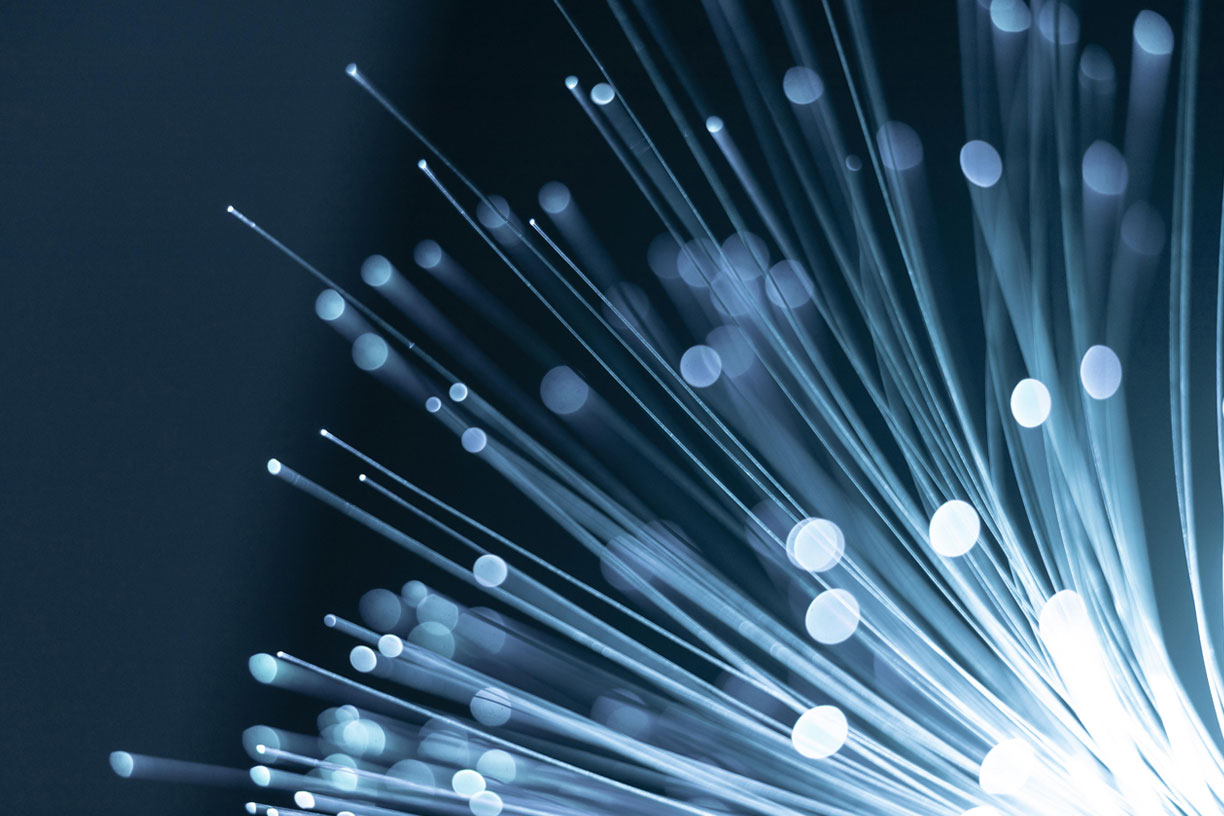
The Wireless Broadband Alliance (WBA) has conducted an impressive series of seven trials that showcase the capabilities of a new IoT-friendly Wi-Fi technology known as 802.11ah, or HaLow. This innovative version of Wi-Fi operates within the 900-MHz spectrum, enabling long-range, low-power connectivity specifically designed for IoT devices.
Though HaLow has existed since 2016, transforming it into a commercially viable technology has taken time. However, recent trials conducted by the WBA indicate that the moment for broader adoption is approaching.
Diverse Trials Demonstrating Versatility
- Each trial took place in a unique environment, highlighting HaLow’s adaptability across various settings. For instance, one trial focused on a smart home scenario, utilizing a single access point (AP) to connect 140 indoor locations over a three-acre area, achieving throughput rates between 2 Mbps and 8 Mbps. This trial illustrated HaLow’s potential to provide comprehensive IoT coverage for entire neighborhoods.
- Further trials were conducted in diverse locations, including a warehouse, agricultural farm, urban environment, office space, school campus, and industrial complex. Each setting demonstrated HaLow’s stable, long-range connectivity and its capability to support a wide array of devices and applications, such as smart security cameras, HVAC systems, sensors, and asset trackers.
- Zac Freeman, VP of Marketing and Sales at Newracom, a manufacturer of HaLow chips involved in the trials, remarked, “Wi-Fi HaLow excels across a wide range of industries as a preferred connectivity technology, offering long-range signal penetration and impressive data throughput. From open fields to industrial factories, Wi-Fi HaLow provides reliable, high-speed connectivity with a straightforward architecture that cannot be matched by other technologies, meeting all the requirements for IoT deployments.”
The Growing IoT Market
- The market for IoT deployments is expanding rapidly. According to Transforma Insights’ latest forecasts, the number of active IoT devices is expected to reach 40 billion by 2033, up from 16.1 billion at the end of 2023. Of this total, 73% are projected to connect via short-range technologies, underscoring the relevance of HaLow’s capabilities.
- While various air interface technologies, such as NB-IoT, LTE-M, LoRaWAN, and 5G RedCap, often dominate discussions around IoT connectivity, Wi-Fi remains one of the most widely used, albeit less publicized, solutions. Traditionally, local-area Wi-Fi has been associated with high-throughput applications like video streaming and large file transfers, primarily due to its higher power requirements.
- However, with HaLow’s extended range and reduced power consumption, this paradigm may be shifting.
A Call for Industry Collaboration
Tiago Rodrigues, CEO of WBA, expressed enthusiasm about the trials’ success, stating, “Each of these real-world field trials has demonstrated the readiness and benefits that the Wi-Fi HaLow standard can bring to a vast array of industries and use cases, enhancing performance while simplifying complexity. We are now moving to the next phase and invite industry stakeholders interested in participating in trials across EMEA and APAC to reach out. Your involvement can help shape the future of IoT connectivity and drive innovation across various sectors.”
In summary, the potential of Wi-Fi HaLow to transform IoT connectivity is becoming increasingly evident, and its adoption may pave the way for a more interconnected future across numerous industries.









